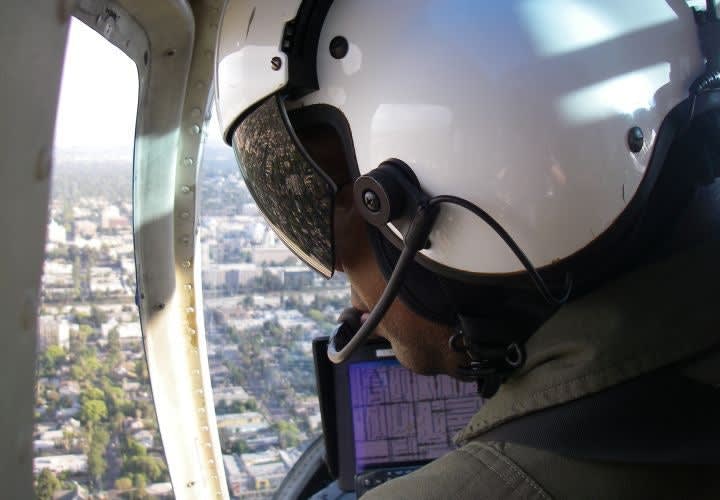3) When you're relaying information about descriptions of suspects, keep the helicopter in mind. Describing a suspect as a Latino with brown eyes in his 40s doesn't help an officer 700 feet above you. Mention if he's wearing a white shirt, baseball cap, sports jersey or backpack.
4) Detailed descriptors should also be used when you're describing vehicles. Mention if the vehicle is two-tone in color. Relay discernible features such as roof racks or extended-cab configurations. With vehicles, don't forget to include TC (traffic collision) information about where visible damage occurred.
5) When requesting air support, consider weather issues. Because helicopters don't have an instrument-flight mode, flying in overcast or foggy conditions can lead to poor visibility and loss of control of the craft. Helicopters can fly in the rain, if needed; however, depending on the size of the rain drops, the leading edges of the rotor blades can be damaged.
6) Getting to the call from the ground may take longer than you expect. Helicopters aren't like cruisers, where you can just turn the key and go. A safe, deliberate takeoff will avoid a "hot start," where fuel and/or air is introduced into the turbine engine too quickly, causing the airship to redline.
7) If you can, provide some lead time. Incorporate the helicopter into the planning of the mission, and try not to think about it only as an afterthought.












